“We want a perfect platform… but in one month.”
That phrase, a non-negotiable outcome with an impossible deadline, sums up the challenge of building tech today. In the startup and software ecosystem, the quest for initial perfection is a persistent ghost, often masquerading as due diligence. However, decades of research in product development and entrepreneurship reveal a more potent truth: validation surpasses, and often invalidates, premature perfection.
This isn’t quality versus speed; it’s learning quickly versus building in isolation.
The Imperative of Velocity: The Economics of Accelerated Learning
The “build it perfectly” mindset stems from an older school of thought, the Waterfall model, where requirements are rigidly defined upfront and the final product is delivered as a finished masterpiece, only to find itself already out of sync with the market. This approach assumes near-divine foresight into customer needs, a premise consistently disproven in today’s volatile digital landscape.
In contrast, the Lean Startup approach, popularized by Eric Ries (2011), starts with the concept of the Minimum Viable Product (MVP): the smallest version of a new product which allows a team to collect the maximum amount of validated learning about customers with the least effort. The MVP’s goal is not early revenue, but risk reduction through learning.
Empirical studies and industry postmortems, such as the Standish Group’s CHAOS Reports and multiple McKinsey Digital analyses, consistently show that Agile and iterative models, those that prioritize functional increments and customer feedback, are more adaptable to shifting requirements than the rigid, sequential Waterfall model.
Hidden Toll of Delay: Opportunity Costs
Every day spent polishing an unvalidated feature is a day of lost learning and growing cost. This is quantified in project management as the Cost of Delay (CoD), the economic impact of not delivering value sooner, a principle detailed by Donald Reinertsen in The Principles of Product Development Flow (2009).
Delaying market entry to achieve a mythical “perfection” incurs losses in three critical areas:
1. Revenue Potential: Each week of delay is a week without capturing early adopters or revenue.
2. Competitive Edge: Time is the scarcest asset. A faster, less perfection-obsessed competitor can set the market standard before you even launch.
3. Capital Burn: Extended development without validation drains capital at an unsustainable rate.
In one typical case, a SaaS team cut roughly half the planned scope and shipped in about ten days. Activation rose meaningfully, they validated the real user problem, and the early MVP spared them months of misdirected work, even before it generated revenue.
The lesson is starkly simple: it’s better to launch a smart question to the market quickly than to build an expensive answer to a question no one is asking.
Where the True Success of an MVP Resides
The success of an MVP isn’t measured by code elegance or architectural purity. Its true value is validated learning, achieved through the Build–Measure–Learn feedback loop, the core of Lean methodology described by Ries (2011).
The product is merely a means; the end goal is learning that drives smarter decisions.
Valuable data from a fast, simple launch comes from observing real user behavior:
– Is actual demand present?
– What problem are we truly solving?
– How do users interact in ways the roadmap never predicted?
This customer feedback fuels the next iteration and prevents emotional over-investment in ideas that might not be viable. The MVP thus functions as a small-scale scientific experiment, testing a business hypothesis before significant budget is committed.
When Speed Shouldn’t Dominate
Speed is not always priority, especially in mission-critical or regulated domains, such as fintech, healthcare, or other safety-critical systems. In those settings, certain controls for security, reliability and compliance are non-negotiable, even in an MVP. It is essential to keep the controls and narrow the scope so learning still happens within safe, compliant boundaries.
The First 30 Days: A Playbook for Rapid Validation
1. Days 1–3: Define the riskiest assumption and one measurable success metric.
2. Days 4–10: Deliver the smallest testable prototype to 10–20 target users.
3. Days 11–20: Collect feedback, measure behavior, and decide to pivot or persevere.
4. Days 21–30: Double down on what worked and avoid what didn’t.
By day 30, you’ll have a better picture whether you’re solving a real problem or just building a perfect mirage.
From Validating to Scaling
The dichotomy of “validate fast or build perfectly” is a false one. Rapid validation is a risk mitigation strategy, ensuring that what you eventually perfect is what users actually need and want.
Once validated learning confirms the business model and market fit, speed should give way to robustness. That is the moment to build the “perfect,” scalable platform, not a moment before.
So, when a client demands perfection in 30 days, spend that month on fast code sprints aimed at the one thing that matters most: the customer’s voice.
Finally, the rise of AI lets teams create, prototype, and deliver custom solutions much faster. It accelerates delivery, streamlines integration, and unlocks smarter automation and personalization (McKinsey, 2023). Teams can explore more ideas, test them earlier, and turn data into decisions sooner. In the author’s view, the challenge is to keep these benefits sustainable. With clear architecture guidelines, continuous validation, and routine refactoring, developer teams can keep delivery fast without sacrificing quality, security, or scalability. Rapid code generation and simple integrations are key to controlling growing complexity.
References
– Eric Ries, The Lean Startup. Crown Business, 2011.
– Donald G. Reinertsen, The Principles of Product Development Flow. Celeritas, 2009.
– Standish Group. CHAOS Report 2015, 2015.
– Johnson, Jim. CHAOS Report: Decision Latency Theory—It’s All About the Interval. 2018.
– Standish Group. CHAOS 2020: Beyond Infinity. 2020.
– McKinsey Digital, “Enterprise agility: Buzz or business impact?” 2020.
– McKinsey Digital. Unleashing developer productivity with generative AI, 2023.
Subscribe to our newsletter!

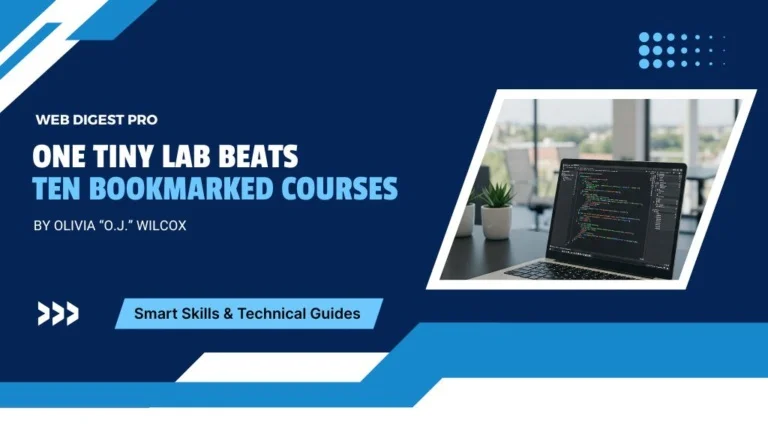

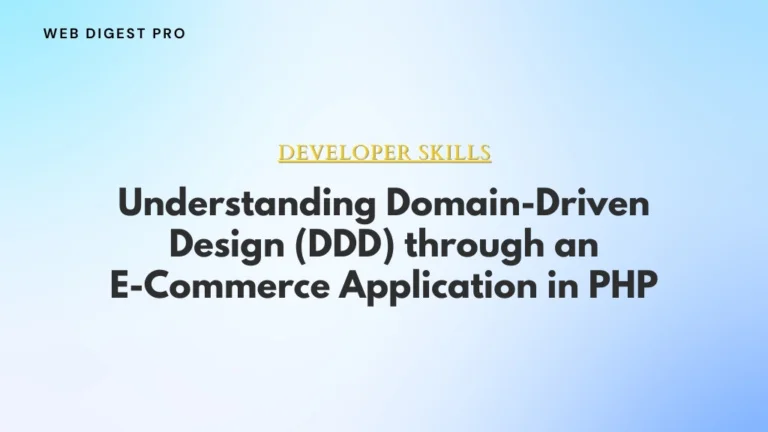


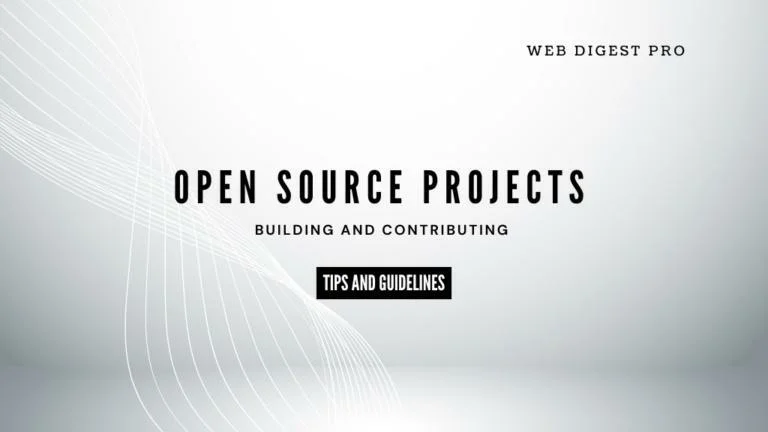


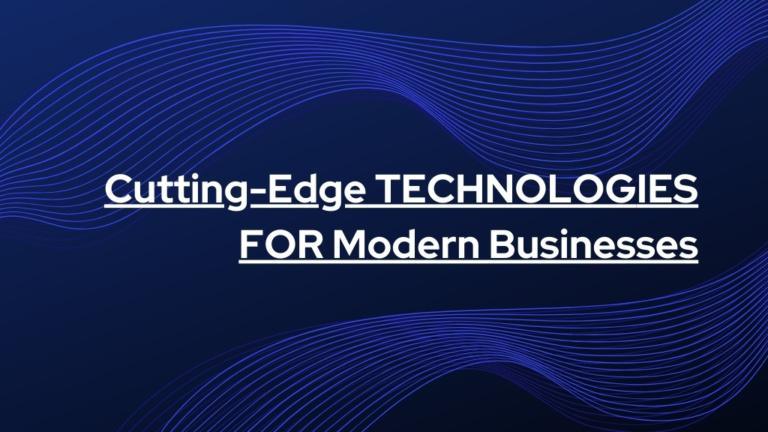
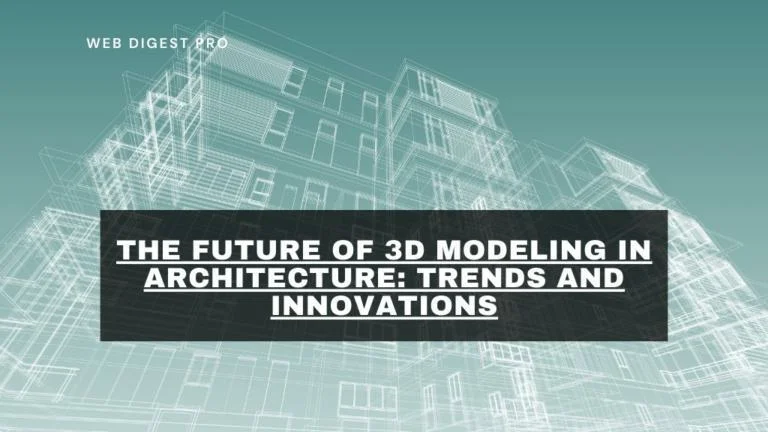
+ There are no comments
Add yours